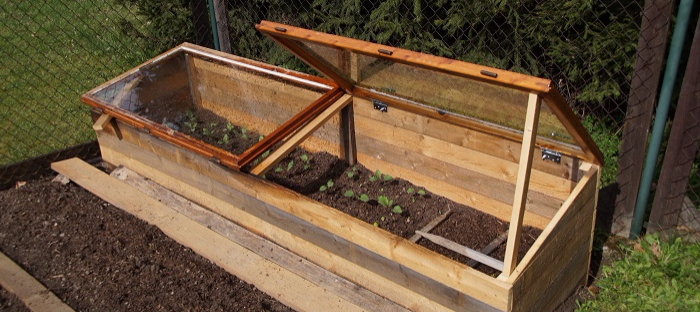The British countryside has a reputation for being a peaceful place, but many poisonous plants grow in both gardens and the wild. Others can be deadly. Some plants are only irritating, while others cause pain. Here are five things to be on the lookout for.
Wolfsbane
Wolfsbane is a member of the plant family Aconitum. This group includes all poisonous plants. Monkshood is a native plant with large, rounded leaves and purple flowers. It is found in the UK, but cases of accidental poisoning are rare. People still plant it in gardens, perhaps unaware of its potential danger.
Even a small amount of this plant can cause stomach upset. Its poison can also be absorbed through the skin, especially if you have open wounds. Although the roots are considered to be particularly poisonous, it has been reported that people eat them and still survive. It is, therefore, difficult to determine how much contact you need to kill someone.
To avoid poisonous plants, it’s important to know what they look like. Once you know what it looks like, you can prevent it by not eating it or handling it without gloves.
Foxglove
Foxglove is found in woods and hedgerows. The tall, purple flowers make it a popular garden plant. The large, soft leaves are arranged in a rosette.
The plant can cause heart attacks if eaten. Even the slightest contact with the plant can cause skin irritation.
The plant is used as a source of drugs to treat heart problems.
Cuckoo pint
Cuckoo pint, or Lords and Ladies (Arum Maculatum), is found in woods and hedgerows. The flowers of the cuckoo pint are shaped like a poker and are surrounded by green leaves. However, it is its bright orange and red berries that are poisonous.
The berries can cause swelling and pain in the throat and mouth and even difficulty breathing if eaten. This berry can also cause an upset stomach.
Deadly nightshade
As the name implies, deadly nightshade also is a poisonous plant. The most common places to find deadly nightshades are in central, eastern, and southern England. It is less common elsewhere in the UK. It is a bushy plant with purple bell-shaped flowers and glossy black berries.
Poisoning can cause a variety of symptoms, including dilated pupillae, a loss of balance, and rashes. It may also lead to hallucinations or convulsions. Atropine is a nightshade-derived drug that’s used to dilate pupils during eye exams, even as an antidote for nerve gas.
Hemlock
Hemlock grows in ditches, riverbanks, and disturbed areas such as waste ground and rubbish tips. It grows along ditches, riverbanks, and troubled areas such as waste grounds and rubbish tips.
Hemlock has white flowers and a tall, green plant. It is similar to carrot plants with purple spots. Hemlock can cause sickness if eaten, and, in extreme cases, it can even kill by paralyzing the lungs.



